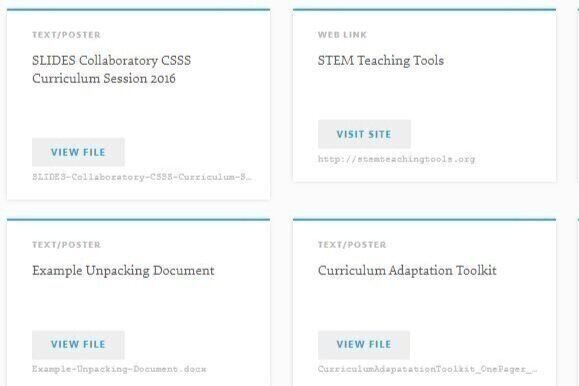What is different in a classroom centered around making sense of phenomena?
Spark With TJ McKenna: Using NGSS Phenomena To Engage Students
In our recent Spark with TJ McKenna, Staff Scientist for the Connecticut Science Center and Charles H. Barrows STEM Academy, he discusses how phenomena-driven instruction motivates students to be the scientists we know they naturally are.
By Helen Maltese, Rubicon International. Featuring TJ McKenna
stem teaching tool practice brief 29 - what makes a good anchoring phenomenon?
Instructional sequences are more coherent when students investigate compelling natural phenomena (in science) or work on meaningful design problems (in engineering) by engaging in the science and engineering practices. We refer to these phenomena and design problems here as ‘anchors.’
This short tool, “Qualities of a Good Anchor Phenomenon for a Coherent Sequence of Science Lessons,” outlines criteria to consider when selecting an anchor phenomena or design problem to fit with the NRC Framework for K-12 Science Education vision
ngssphenomena tool: how can i learn to build a story around a phenomenon?
So you found a good phenomenon - or have an idea for a unit and need a good phenomenon - now what? This tool will help to frame how to begin to approach phenomena-driven instruction and how to leverage phenomena for use in a 3 dimensional instructional unit.
workshop resources - how can i adapt curriculum for 3 dimensional learning?
In this workshop, state science leaders participate in discussions about how to engage networks of teacher in curriculum adaptation and curriculum development to build capacity for equitable 3-D instruction, develop and adapt formative assessments and identify anchoring phenomena for instructional units.


